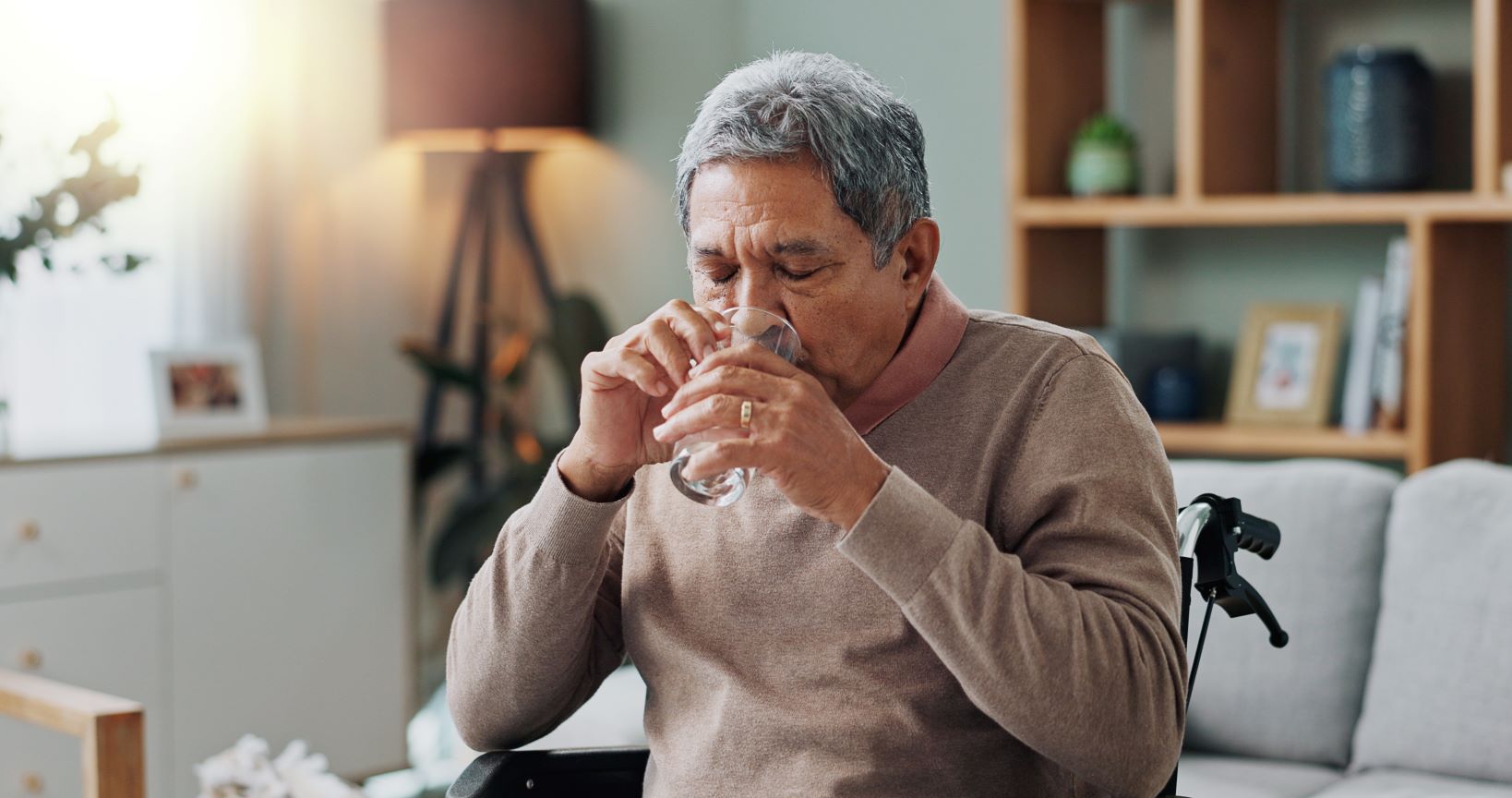Scammers have been sending phishing scams, claiming to be an official tolling agency or the Department of Motor Vehicles (DMV) and demanding that the recipient pays their unpaid tolls or traffic tickets.

Parkinson’s Disease in Older Adults: What You Need to Know
Takeaways
- Parkinson’s disease (PD) is a progressive neurodegenerative disorder caused by the death of dopamine-producing nerve cells in the brain.
- Symptoms of PD include tremors, slowness of movement, limb rigidity, and gait and balance problems.
Every April, the global Parkinson’s community works to support awareness of Parkinson’s disease (PD), a disease whose cause remains largely unknown. However, treatment options do exist for improving symptoms.
What Is Parkinson’s Disease?
Parkinson’s is a movement disorder in which nerve cells that normally deliver the neurotransmitter called dopamine to other cells in the body experience damage and begin to die. For most people who face a PD diagnosis, the cause is unknown, though scientists cite the greatest risk factor for Parkinson’s as aging. This progressive condition is the second-most common neurogenerative disorder after Alzheimer’s disease.
The more cell death the spreads to larger areas of the brain, the more extensive the impact is on the body. Symptoms of Parkinson’s disease typically develop slowly over the course of years, and progression varies from person to person. The neurodegenerative disorder can manifest with the following symptoms:
- Tremors
- Bradykinesia (slowness of movement)
- Limb rigidity
- Gait and balance problems
Dopamine reduction can also produce nonmotor symptoms, often preceding a PD diagnosis. These symptoms can include:
- REM sleep behavior disorder
- Autonomic dysfunction of body systems
- Depression
- Visual impairment
- Attention deficit
- Reduced sense of smell
- Difficulties planning and acting on ordinary tasks
No specific test currently exists for Parkinson’s disease. PD is not fatal, but disease complications can be serious.
Current Parkinson’s Statistics
About 1 million people in the United States are living with Parkinson’s disease, and approximately 90,000 receive a PD diagnosis each year. Men are 1.5 times more likely to have Parkinson’s than women. And although most people who are diagnosed are older adults aged 60 and up, about 5 percent to 10 percent of patients are diagnosed before age 50.
According to estimates from a 2020 study, direct and indirect costs of Parkinson’s, including treatment, lost income, and Social Security payments, account for nearly $52 billion in U.S. expenditures annually.
Studies of large and diverse populations have sought to address questions about PD’s causes, prevalence, and the types of treatments that may most improve quality of life for people with Parkinson’s. Much of the research focuses on ways to identify PD biomarkers, which could lead to earlier diagnosis and tailored treatments to slow down the disease process. While all current therapies can slow the process and improve symptoms, they don’t slow or halt the disease progression.
Helpful Resources on Parkinson’s Disease
Search your ZIP code on the Parkinson’s Foundation website for medical centers and Parkinson’s Foundation chapters in your area that may be able to offer guidance or treatment. The organization’s website also offers free online educational resources, including a podcast, online courses, and information on community events held throughout the year. To speak with specialists for referrals or to get answers to your questions about PD, call the Foundation’s helpline weekdays at 1-800-4PD-INFO or email helpline@parkinson.org.
The American Parkinson Disease Foundation also has local chapters nationwide. At these locations, you can find support groups, exercise classes, therapy services, and more.
The Michael J. Fox Foundation for Parkinson’s Research offers many free online resources as well.
If you are facing a diagnosis of PD, finding the support you need to maintain your physical and mental health should be a priority. Keep in mind that you also have the opportunity to help those who may face a similar diagnosis in the future. For example, enrolling in a clinical trial could aid researchers in better understanding and treating this disorder.
Work With an Elder Law Attorney
Last but not least, consider connecting with an elder law attorney near you. These professionals can help you understand your legal rights, draft a plan to cover your future medical care, and work with you to set up estate planning documents that may prove crucial to your financial and emotional well-being as your symptoms progress. Connect with us for a consultation. We can also be reached by phone at 513-672-6119 or by email at oksmith@cmrs-law.com. Our office is in Cincinnati, OH, with clients throughout the Greater Cincinnati area, Northern Kentucky, and the surrounding counties. We look forward to working with you.



